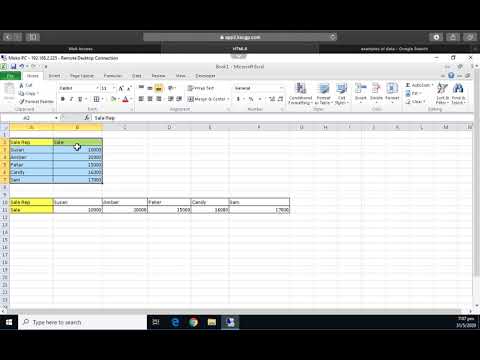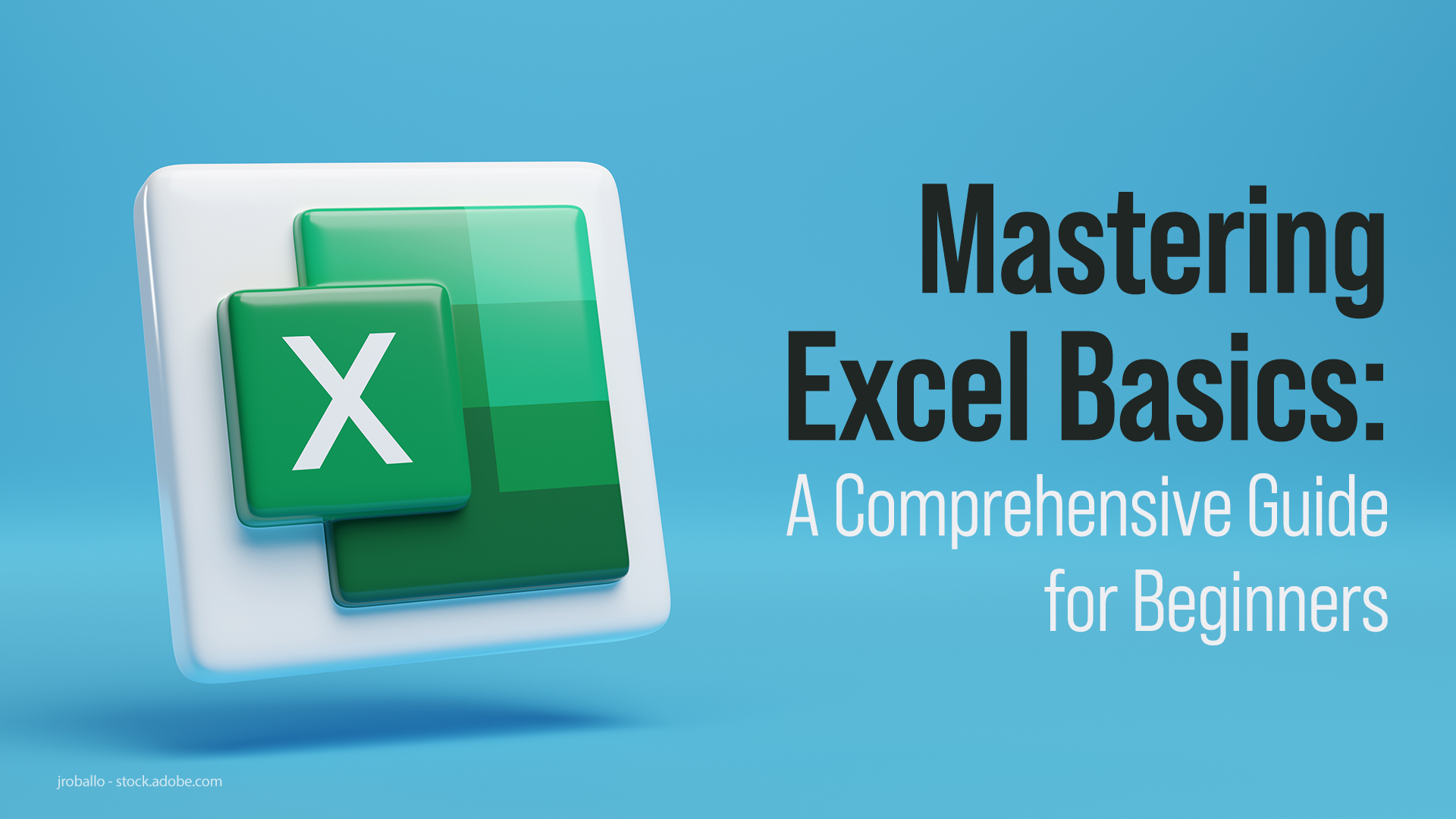Excel Cover Sheet Guide: Tips and Techniques

Mastering Excel Cover Sheets: From Basics to Advanced Techniques

The Excel cover sheet serves as an introductory document, setting the tone for the entire workbook or dataset that follows. A well-designed cover sheet can significantly enhance user navigation, professionalism, and the document's overall utility. Here, we delve into what makes an effective cover sheet in Microsoft Excel and how you can leverage this tool for maximum impact.
Why Use a Cover Sheet in Excel?

The cover sheet in an Excel workbook is often overlooked, yet its importance cannot be overstated. Here are a few compelling reasons to include a cover sheet:
- Professional Presentation: It provides a professional touch, signaling the seriousness of the work contained within.
- Easy Navigation: It acts as a map, guiding users through the workbook with ease.
- Summarization: It can summarize key data or findings, offering a quick overview.
Designing Your Excel Cover Sheet

1. Setting the Structure

Before you dive into the design, consider what information is essential:
- Workbook title
- Date of creation or last revision
- Author or company name
- Purpose or brief description of contents
💡 Note: Keep the structure concise to avoid overwhelming users at the outset.
2. Adding Visual Appeal

Excel offers several ways to enhance your cover sheet’s visual appeal:
- Use themes for consistent styling.
- Insert images or logos for brand recognition.
- Apply conditional formatting to highlight critical information.
- Choose appropriate font styles and sizes for readability.
3. Leveraging Excel Features

Excel is rich with features that can make your cover sheet functional:
- Hyperlinks: Link to key sheets or external resources.
- Charts or Graphs: Provide visual summaries of data.
- Form Controls: Include drop-down lists or buttons for navigation.
To add hyperlinks:
| Step | Action |
|---|---|
| 1 | Right-click the cell or object. |
| 2 | Select 'Hyperlink'. |
| 3 | Choose the document or location to link to. |

Advanced Techniques for Excel Cover Sheets

1. Dynamic Cover Sheets

Make your cover sheet not just static but interactive:
- Use Form Controls to navigate between sheets dynamically.
- Implement macros for advanced user interaction or automated updates.
2. Data Validation for User Input

Prevent errors by using data validation on your cover sheet:
- Set up drop-down lists for predefined inputs.
- Use validation rules to ensure correct user input.
3. Conditional Formatting for Interactivity

Conditional formatting can highlight changes or trends directly on the cover sheet:
- Create rules to color cells based on data values or user inputs.
- Set up icons or data bars to visualize information at a glance.
Ensuring Your Cover Sheet Enhances User Experience

Ultimately, the goal of your Excel cover sheet should be to improve user interaction and efficiency:
- Make it clear what the workbook contains and how to navigate it.
- Use formatting techniques to keep important information visible.
- Consider accessibility - ensure your cover sheet is navigable for users with different abilities.
By following these steps, your Excel cover sheet will not only present your data professionally but will also offer an intuitive user experience, aiding in better decision-making and analysis. Incorporate these techniques into your Excel workbooks to unlock the full potential of your data presentations. An effective cover sheet is more than just an introduction; it's a gateway to a smooth, productive workflow, where users can quickly grasp the content and purpose of your data. Here are some final tips to enhance your Excel cover sheets:
🔍 Note: Keep your design simple and clutter-free to focus on key information. Regularly update your cover sheet as the workbook evolves or when significant changes occur to maintain relevance and accuracy.
What information should I include on an Excel cover sheet?

+
A good cover sheet should contain the workbook title, date of creation or revision, author or company name, and a brief description or purpose of the workbook. You might also add hyperlinks to key sheets or a table of contents if your workbook is extensive.
Can Excel cover sheets be interactive?

+
Yes, cover sheets can be made interactive with Excel’s form controls, macros, and hyperlinks to navigate through the workbook or provide dynamic data visualizations like charts or conditional formatting.
How can I keep my cover sheet updated as my workbook changes?

+
Regularly review and update your cover sheet. Use cell references or macros to ensure that titles, dates, or summaries automatically update as changes are made to the workbook. Consider using dynamic formulas for date stamps and summaries.



